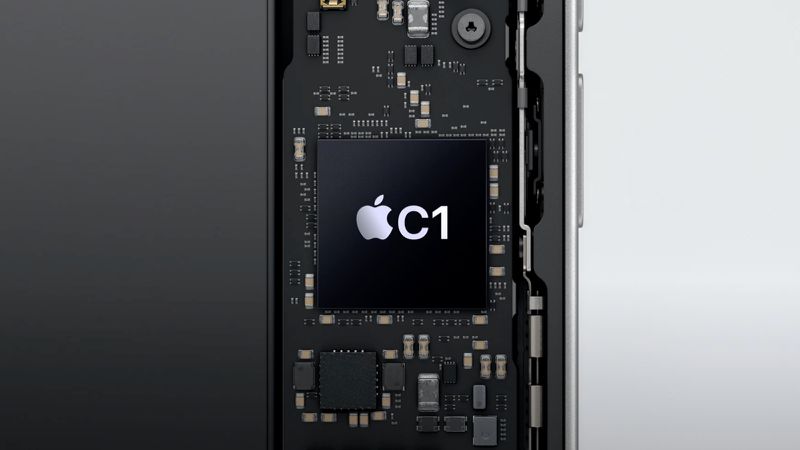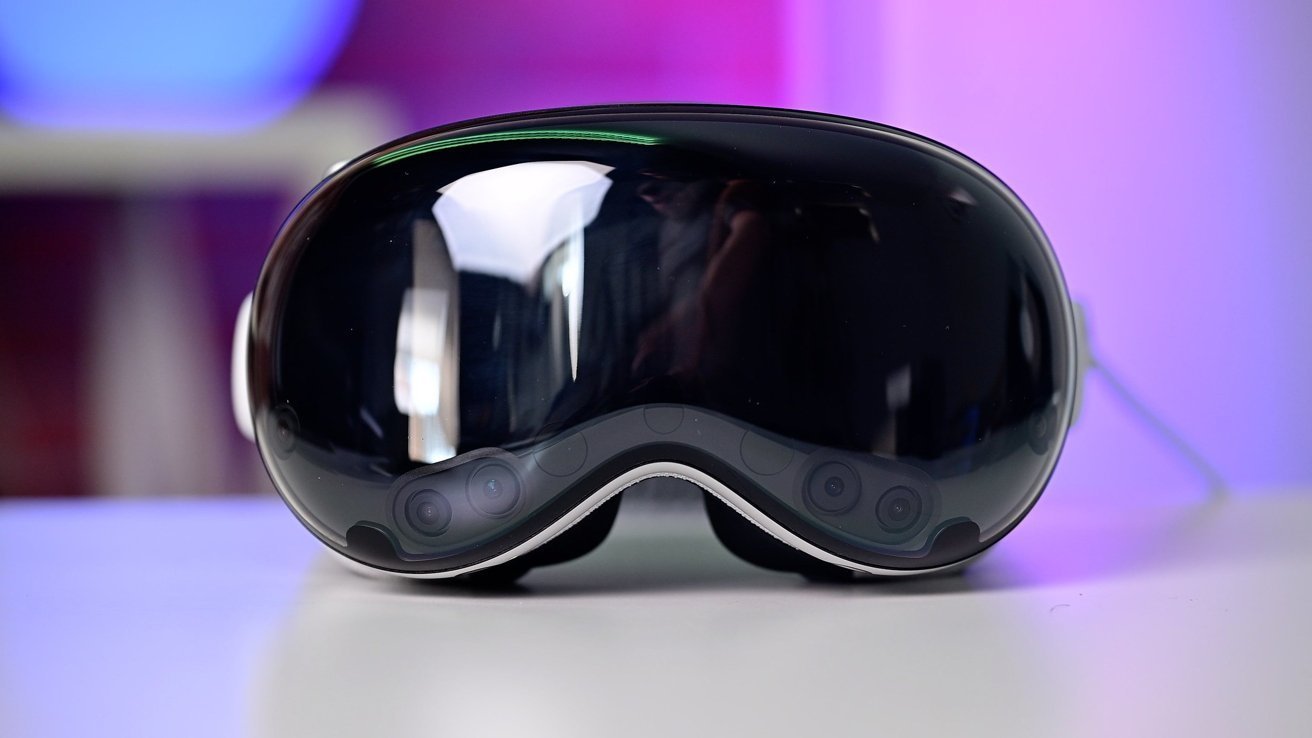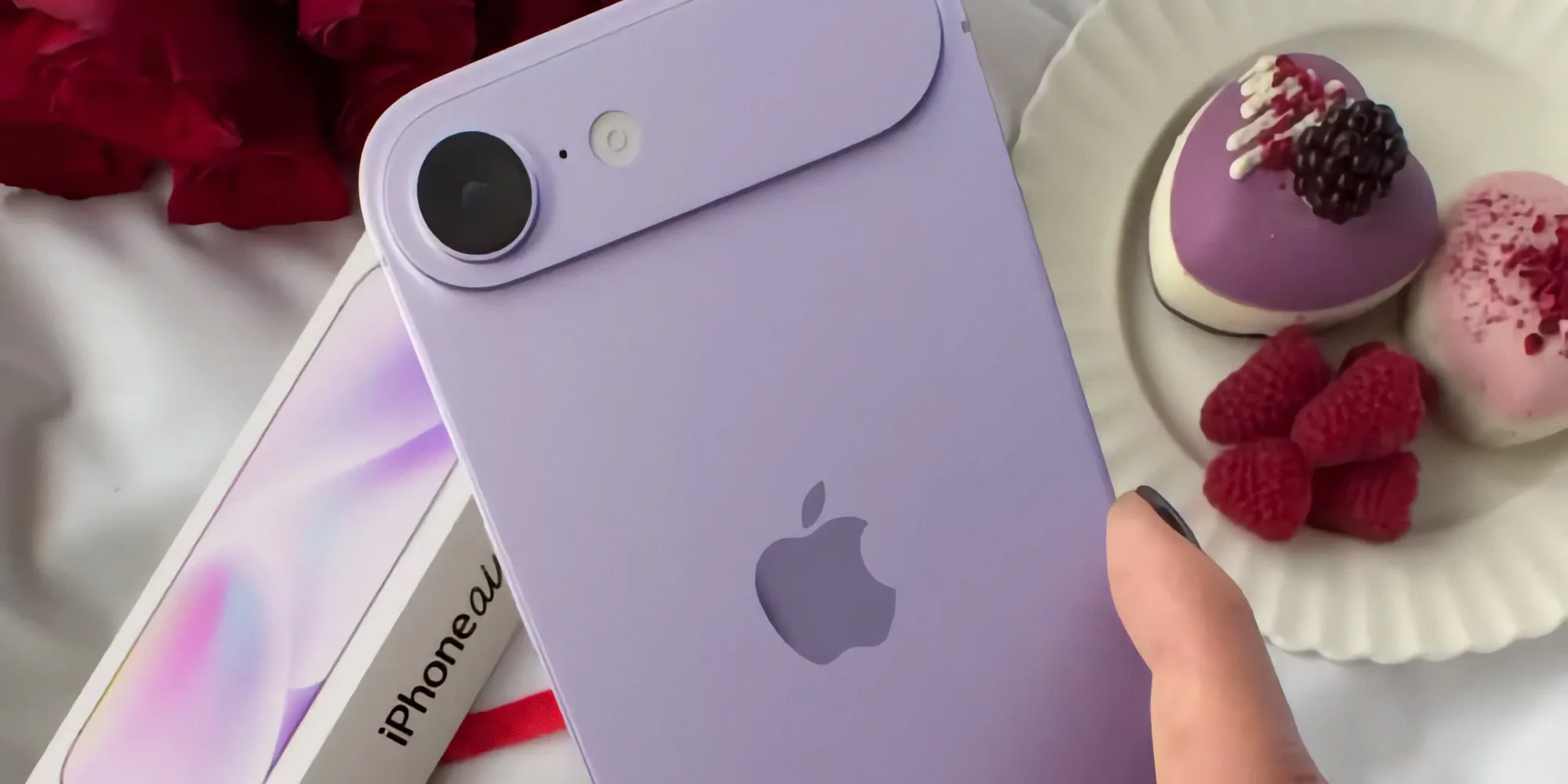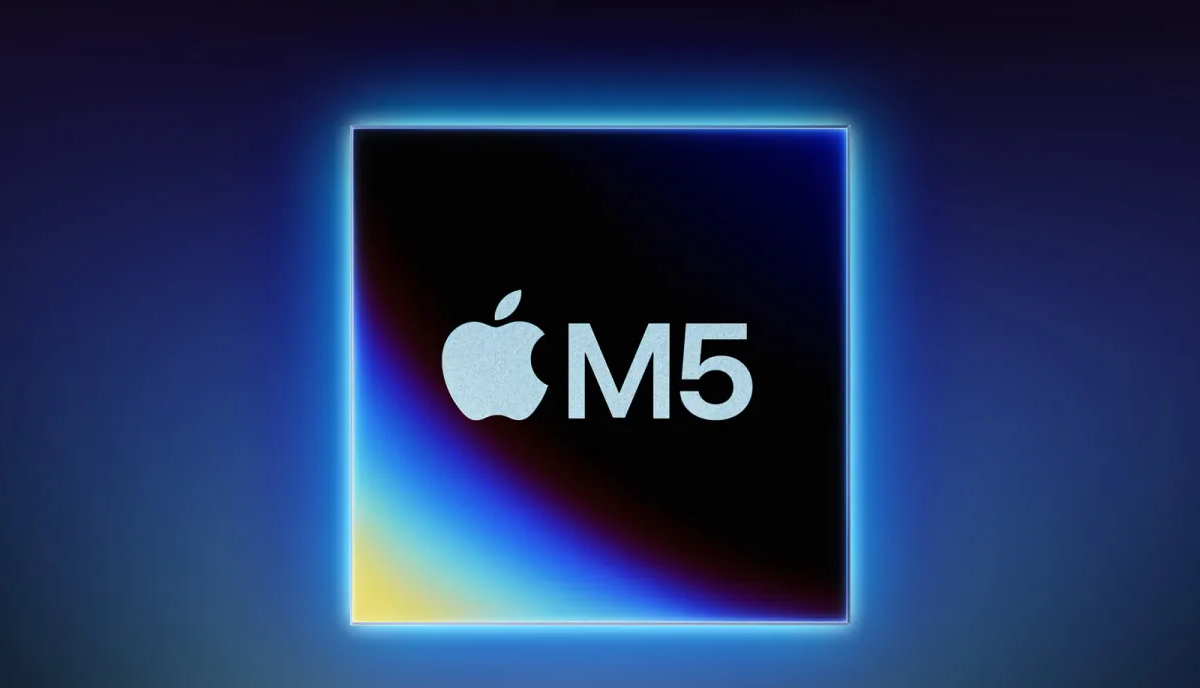Apple has introduced its own 5G chip, called the C1 modem, in the new iPhone 16e. This is different from other iPhone models that still use Qualcomm’s modems. Most people might not notice the switch, but it’s a big step for Apple, which has been working on this technology since at least 2018.
We don’t have speed test results for the C1 modem yet, but it’s likely to be slower than Qualcomm’s Snapdragon X71 modem found in the iPhone 16. Apple wants to match or beat Qualcomm someday, though that could take a few years. For now, the C1 modem shines in another way: it uses less power. This helps the iPhone 16e have the best battery life of any 6.1-inch iPhone, even better than the regular iPhone 16. Apple’s knack for blending hardware and software shines through here.
Apple says the C1 is just the beginning. In a recent statement about its U.S. manufacturing plans, the company hinted at putting its custom 5G modems in more gadgets soon. The C1 took years of research and teamwork from thousands of engineers. It’s part of a bigger plan to improve modems across Apple products.
So, what’s next? Expert Ming-Chi Kuo says the super-slim iPhone 17 Air, coming later this year, will also use the C1 modem. The iPad 11, expected in March or April, could be another fit for it, especially the versions with cellular data. Looking further ahead, reports from Mark Gurman suggest Apple might add 5G to Macs and Vision Pro devices someday.
Apple plans years for its chips—up to four years for iPhone processors—and the same goes for modems. The company is already designing C2 and C3 modems. The C2 could bring faster mmWave 5G, while the C3 might outdo Qualcomm. All iPhone 18 models and the iPad Pro could get the C2 modem. Eventually, Apple might even blend the modem into its main iPhone chip.
Why make its own modem? Apple wants to depend less on outside companies like Qualcomm and avoid past tensions with them. Though they settled a lawsuit and agreed to work together until 2027, Apple’s goal is to stand on its own. Years ago, it tried Intel modems, but they weren’t as good as Qualcomm’s. Now, with the C1, Apple’s dream of controlling its tech is coming true. Soon, every Apple device with cellular might run on its own modem.







